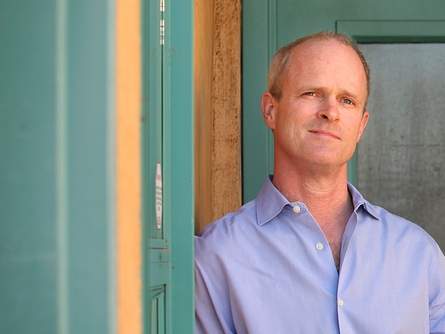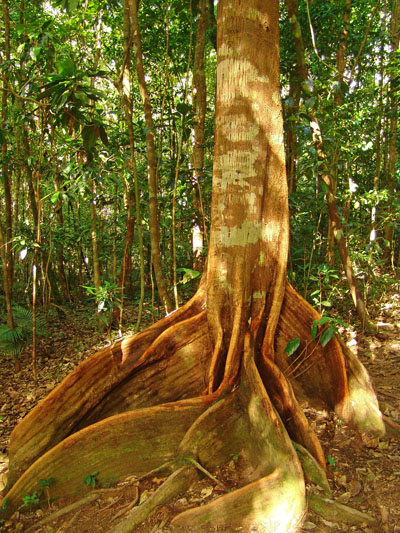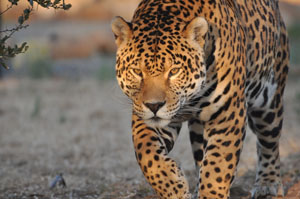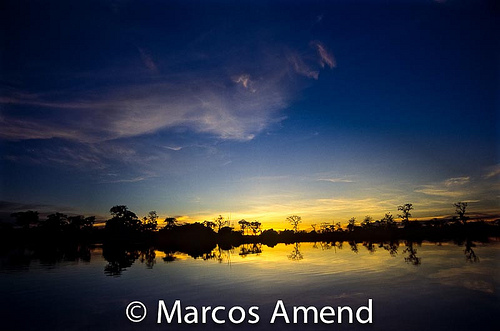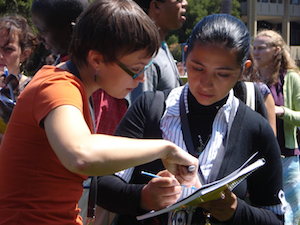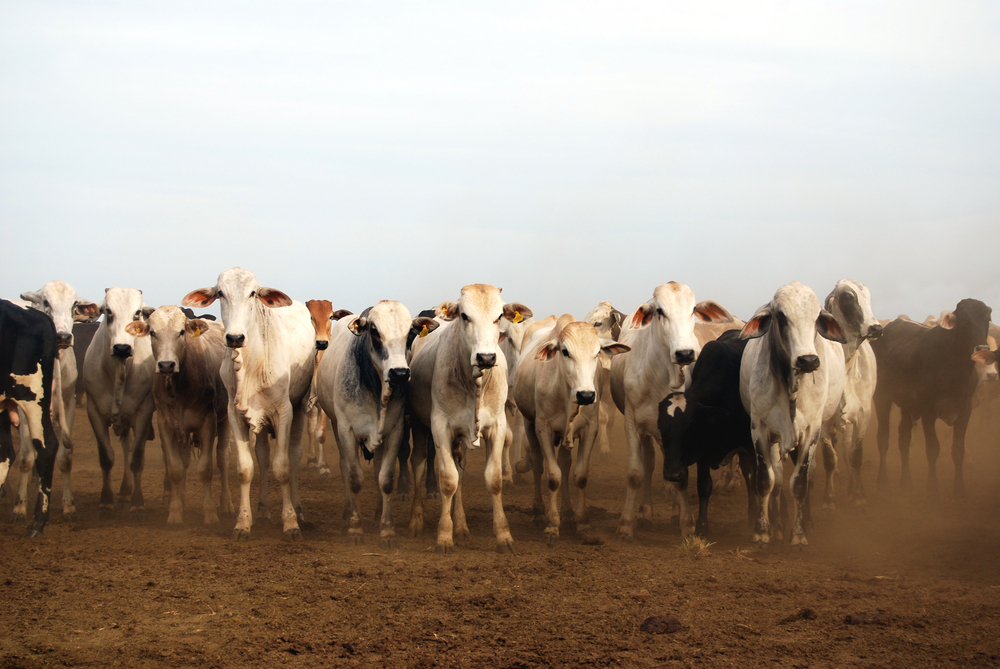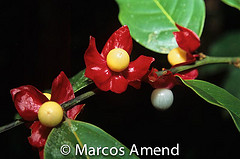News
Born in La Paz, Bolivia, Alfonso Malky Harb first came to CSF as a student in 2006, where he participated in the Madidi National Park course on economic tools for conservation. Two years later, Alfonso joined CSF as an Economic Analyst in the Bolivian office. With a Master's degree in Agricultural Economics from Catholic University of Chile, an undergraduate degree in Economics from the Bolivian Catholic University, and a diploma in Environmental and Social Research Methods from PIEB (Programa de Investigación Estratégica en Bolivia), he was a natural fit for CSF.
Highlighting the announcement of the MacArthur Award for Creative and Effective Institutions, the front-page article profiles the history of CSF and the importance of our work globally.
“We are recognizing organizations that are doing phenomenal work, and often under the local radar screen,” Steve Cornelius of the MacArthur Foundation said. “They have identified a niche. They have simply been the main organization working in getting these economic principles out.”
Read the article here
Image credit: Christopher Chung/The Press Democrat
Today the John D. and Catherine T. MacArthur Foundation named Conservation Strategy Fund as a recipient of the MacArthur Award for Creative and Effective Institutions. The award recognizes CSF’s innovative work using economics to conserve the world’s most important ecosystems and provides us with a grant of $750,000. The MacArthur Award honors and supports our efforts to creatively address the the loss of unique natural ecosystems by equipping front-line environmentalists with skills to calculate and economic costs and benefits of solutions and thereby come up with answers that will actually work.
The Southern Tropical Andes, comprised of areas of Ecuador, Peru, and Bolivia, is the most biodiverse region in the world. The Tropical Andes are split into northern and southern zones, divided by a valley that runs roughly along the Ecuador-Peru border in the northern region of Peru. This valley, known as the Marañon Gap or Huancabamba Depression, rests at a lower altitude than the northern area of the Tropical Andes, creating a well-defined, unique microclimate conducive to habitation for the many endemic plants and animals in the region. This biodiversity hotspot was named the “global epicenter of biodiversity” according to the Critical Ecosystem Partnership Fund. The Tropical Andes holds about 45,000 plant species, 20,000 of which are endemic, as well as 1,500 endemic vertebrates.
CSF has now helped to conserve more than 20 million acres of flourishing ecosystems. That's a big jump from our past reckonings and due largely to the role our Brazilian team has played in slowing badly planned roads and supporting investment in protected areas and indigenous lands. CSF's success centers on reinforcing the efforts of countless local advocates, park managers and scientists on the front lines of conservation and development decisions, giving them a solid economic rationale and strategy for conservation in the face of looming threats.
Solving our global climate crisis hinges on doing a number of things right. One is slowing - eventually stopping - deforestation, which now accounts for 15-20% of global greenhouse gas emissions. To do that we need to know how much stopping deforestation costs and where on the Earth's vast tropical belt it can be done most cost-effectively. With the support of the Gordon and Betty Moore Foundation, CSF has designed an "opportunity cost" analysis method that will work at the level of individual farms and single land uses and be scalable up to the level of entire regions. To read more about this project and test the model yourself, please click here.
Each year conservation professionals from around the world join Conservation Strategy Fund for a two-week course where they learn to use economics to be more strategic and successful in their work. This year students will be coming from 12 countries and 5 continents to participate in this one-of-a-kind course being held August 15th-26th at Stanford University. Watch the video below to find out more about the course and what participants from last year plan to do with what they learned. You may also click here to watch it on our You Tube site.
A study (in Portuguese) led by Marcos Amend of Conservação Estratégica (CSF-Brazil) has calculated the financial incentive that will be needed to change the destructive pattern of cutting a burning forest to open new pasture. The study, "Subsidies for Cattle and Conservation: Estimates for the Municipality of Humaitá," looks at what it would take to encourage landowners to restore degraded pasture instead of clearing forest, focusing on a sprawling territory in the state of Amazonas, one of the main "fronts" of deforestation. The team found that it would cost R$292/hectare/year (US$74/acre/year) to deter deforestation.
On March 29th and 30th, 2011, CSF Brazil Technical Manager Leonardo Fleck led a conservation economics workshop at an event organized by the TEEB initiative (The Economics of Ecosystems and Biodiversity) from the United Nations Environment Program. The event was held in Corrientes, Argentina, and was co-sponsored by the Avina Foundation. The workshop aimed to promote the use of economics in environmental conservation with a focus on climate change. The workshop was attended by 80 participants from various governmental and non-governmental organizations, including representatives from Argentina, Chile, Bolivia, Brazil, Uruguay, Paraguay and Bolivia. Leonardo taught principles of microeconomics, environmental valuation and cost-benefit analysis.
Dear CSF Course graduate,
How has economics helped you protect nature?
Have you used the tools you learned in your CSF course in your work?
Tell us your story, and we will help you share it with the CSF community and the world. The author of the best story will win a brand new Apple iPad!
For the full details, click here.


